Industry information
Company News
- Hyperbolic aluminum veneer: a fashionable choice in modern architecture?
- Fluorocarbon aluminum veneer: the fashionable new darling of the aluminum industry
- Exploring the Charm of Hyperbolic Aluminum Veneer: The Perfect Combination of Innovation and Art
- Fluorocarbon aluminum veneer: a new favorite in the construction industry, combining aesthetics and practicality!
- Hyperbolic aluminum veneer: an artistic choice that combines fashion and practicality
Industry dynamics
- Unveiling the Charm of Hyperbolic Aluminum Veneer: The Perfect Fusion of Lightness and Art!
- Aluminum veneer: the beauty of hermits in modern architecture
- Fluorocarbon aluminum veneer: a perfect combination of architectural aesthetics and durability
- Hyperbolic aluminum veneer: the secret weapon of architectural aesthetics?
- Aluminum veneer curtain wall: the fashionable new favorite in the construction industry
Frequently asked questions
- What are the advantages and disadvantages of aluminum veneer compared to other metal materials?
- What are the applications of aluminum veneer in the construction industry and how can they be improved?
- What are the types of aluminum veneer?
- How is aluminum veneer produced and manufactured?
- What are the applications of aluminum veneer in the construction industry?
contact us
Mobile:+86 15627778610
Email: 2201229786
Address: No. 5 Binjiang Road, High tech Zone, Zhaoqing City, Guangdong Province
How to improve the waterproof performance of aluminum veneer?
- Author: Lesilong Technology (Guangdong) Co., Ltd
- Release time: March 12, 2025 09:45:31
- Click:0

Aluminum veneerAs a common building material, it has the characteristics of lightweight, corrosion resistance, and easy processing, and is widely used in fields such as construction and decoration. Aluminum veneer is susceptible to rainwater erosion during long-term use, which affects its service life and aesthetic appearance. How to improve the waterproof performance of aluminum veneer has become an important issue.
1. Surface treatment: Surface treatment of aluminum veneer is one of the key steps to improve its waterproof performance. The commonly used surface treatment methods currently include anodizing, spraying, electrophoretic coating, etc. Anodizing is a commonly used surface treatment method that can form a dense oxide film on the surface of aluminum veneer, thereby improving its waterproof performance.
2. Sealing strip: The connection between the aluminum veneer and the keel needs to be sealed with a sealing strip to prevent rainwater from seeping into the room. The selection of sealing strips should be determined based on the thickness and material of the aluminum veneer. Generally speaking, thicker aluminum veneers require more durable sealing strips.
3. Drainage system: When installing aluminum veneer, a reasonable drainage system needs to be set up to timely discharge rainwater. The drainage system generally includes components such as drainage pipes and outlets, which should be designed and installed according to the actual situation.
4. Strengthen structural design: When designing building structures, the waterproof performance of aluminum veneer should be considered. For example, a waterproof layer can be added below the aluminum veneer or a special structural design can be used to increase its waterproof performance.
5. Avoid water accumulation: During use, try to avoid water accumulation under the aluminum veneer as much as possible. For example, during the rainy season, drainage outlets and water accumulation points should be cleaned in a timely manner to avoid rainwater accumulation and moisture damage to aluminum veneer.
Improving the waterproof performance of aluminum veneer requires starting from multiple aspects, including surface treatment, sealing strips, drainage systems, strengthening structural design, and avoiding water accumulation. Only by considering these factors comprehensively can we ensure that aluminum veneer has good waterproof performance, extend its service life, and improve its aesthetics.

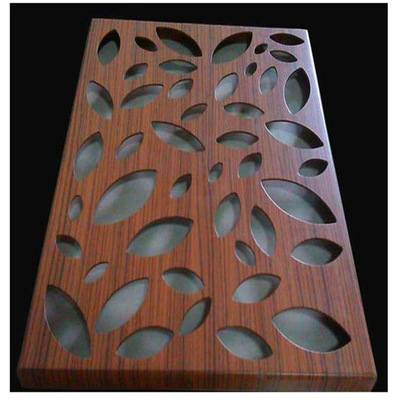
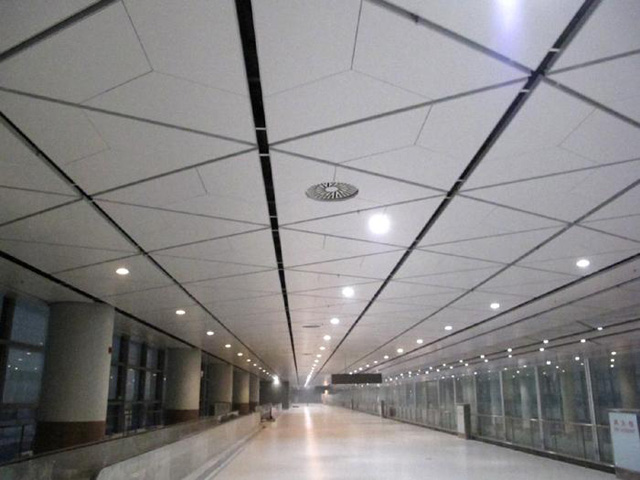
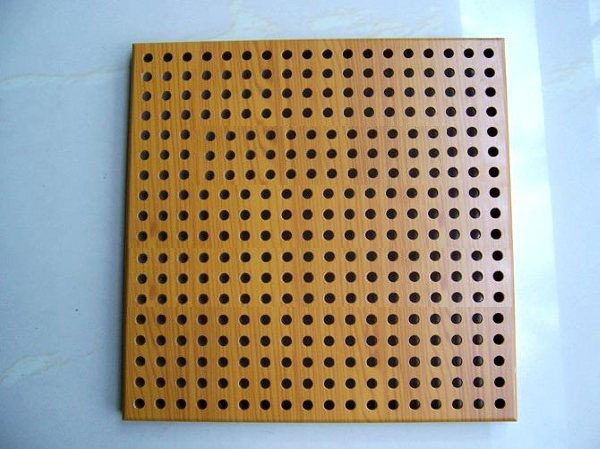
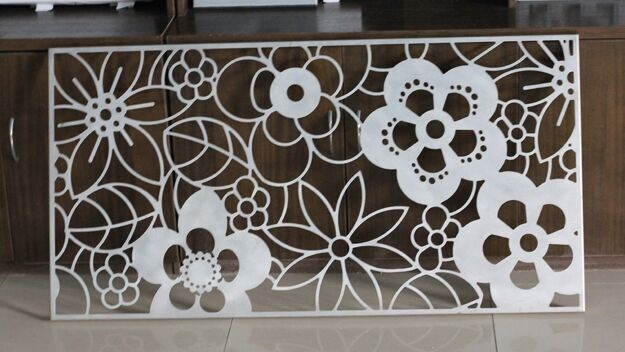
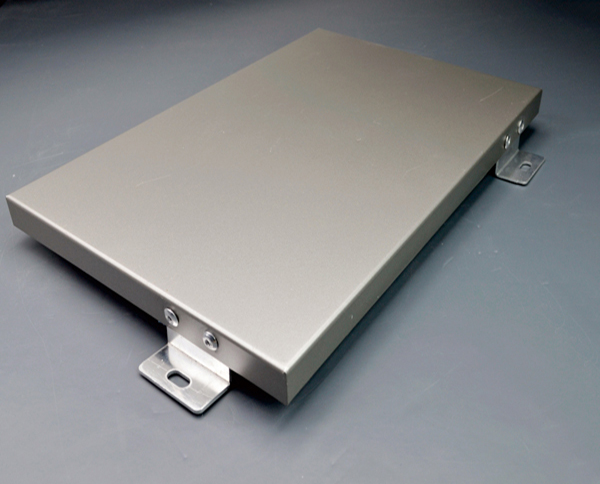
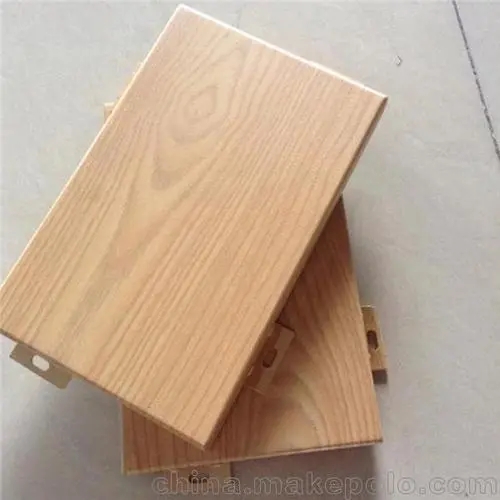
 Customer service QQ
Customer service QQ